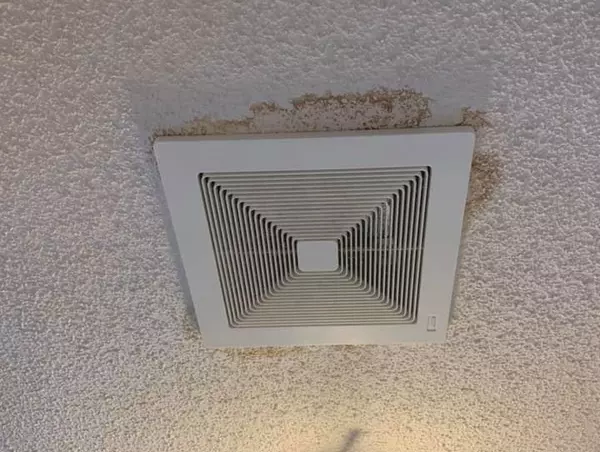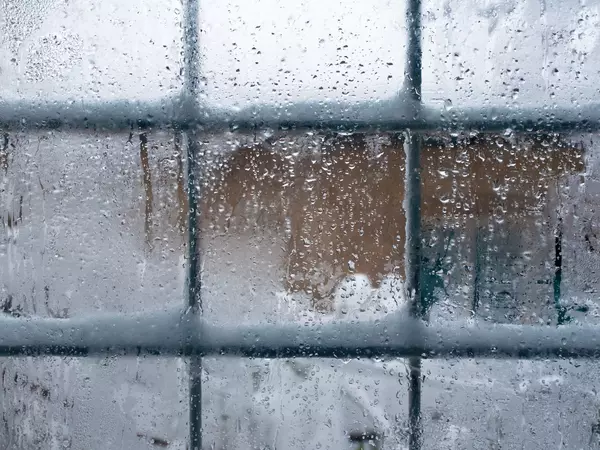FEATURED LISTINGS
- 4 Beds3 Baths1,525 SqFt3DPrice Dropped by $35K
$659,800
- 4 Beds4 Baths1,822 SqFt1/31 31Open Sat 12PM-3PM
$850,000
- 4 Beds2 Baths1,170 SqFt1/46 46Open Sun 2PM-4PM
$629,000
- 5 Beds4 Baths2,801 SqFt1/50 50Open Sun 2PM-4PM
$1,125,000
- 3 Beds3 Baths1,301 SqFt1/50 50Open Sat 1PM-3PM
$609,000
- 2 Beds1 Bath956 SqFt1/24 24Open Sat 2PM-4PM
$349,900
PROPERTY VIDEOS
REAL ESTATE NEWS
UROS MARKOVIC - AWARD-WINNING REALTOR®
REALTOR®
old-1715655192185-uros@redlinerealestate.ca
7015 Macleod Trail SW # 210, Calgary, T2H, 2K6, Canada
















